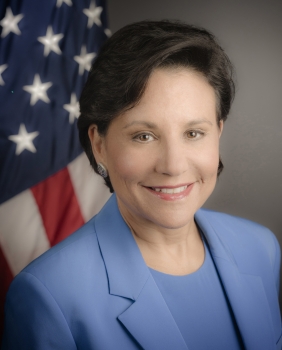Alexandria, Virginia – The District Court for the Eastern District of Virginia held in Shammas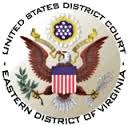 v. Focarino that the United States Patent and Trademark Office (“USPTO”) was entitled to recover attorneys’ fees when brought to court for a review of Trademark Trial and Appeal Board (“TTAB”) rulings.
v. Focarino that the United States Patent and Trademark Office (“USPTO”) was entitled to recover attorneys’ fees when brought to court for a review of Trademark Trial and Appeal Board (“TTAB”) rulings.
An examiner for the USPTO had refused to register a trademark for the term PROBIOTIC for a fertilizer on the grounds that it was a generic term for fertilizers and, in the alternative, was descriptive with no secondary meaning. Plaintiff Milo Shammas brought the matter to the TTAB, which affirmed. Shammas then asked for a review of the TTAB decision under 15 U.S.C. 1071(b)(1) in the District Court for the Eastern District of Virginia.
Summary judgment was granted in favor of the USPTO, which then moved for fees and expenses under Section 21(b)(3) of the Lanham Act. Section 21(b)(3) provides that, in cases such as these, “all the expenses of the proceeding shall be paid by the party bringing the case, whether the final decision is in favor of such party or not.”
Shammus argued that it would be improper to award attorneys’ fees, as they were not included in the statutory term “expenses.” The court was not convinced, however, and held that the plain meaning of “expenses” included both attorneys’ fees and other costs. This interpretation, the court explained, was further bolstered by Congress’s inclusion of the word “all” before “expenses.”
In determining the correct measure of fees due, the court noted that, while using market rates for legal services is appropriate when calculating “reasonable attorneys’ fees,” an award of “expenses” must be based on the actual salaries (when calculated on a per-hour basis) of the government trademark lawyers who defended the action. Thus, in this case, where the statute provided for “expenses,” attorneys’ fees were properly based on the actual hourly rate paid to the attorneys.
Practice Tip #1: The American legal system typically requires each party to bear its own litigation expenses, including attorneys’ fees, regardless of the outcome of the case.
Practice Tip #2: This fee-shifting decision was a matter of first impression regarding Section 21(b)(3) of the Lanham Act. It held that “expenses” as contemplated therein included attorneys’ fees. Moreover, ex parte plaintiffs must pay those expenses whether or not they prevail on the merits.
Practice Tip #3: Section 1071 was characterized as “arguably an odd statute” by the court. The court remarked that the statute “provides unsuccessful trademark applicants with a choice between an appeal to the Court of Appeals for the Federal Circuit on the administrative record, or alternatively, an action in federal district court where the administrative record may be supplemented with new evidence. Congress’s decision to allow this choice is odd for several reasons. First, it serves to lessen the trademark applicant’s incentive to put her best evidentiary foot forward before the PTO given that if she fails before the PTO, she can supplement the record in the district court. Moreover, Congress no sooner provides this choice than it takes an energetic step to discourage its use by requiring the unsuccessful applicant who files the district court suit under § 1071(b) to pay all expenses of the district court proceeding, win, lose or draw. This could lead to an anomalous result where the applicant must pay the PTO’s expenses of the district court proceeding even where the PTO loses in the district court on the administrative record alone and no new evidence is admitted or considered. In this circumstance, there is little reason to saddle the unsuccessful applicant with the PTO’s expenses. A second anomalous result is that the statute invites forum shopping. By allowing an action to be filed in a district court in lieu of an appeal to the Court of Appeals for the Federal Circuit, the statute invites an unsuccessful applicant to pick a district court in a favorable circuit because the appeal will be to the circuit in which the district court sits, not to the Court of Appeals to the Federal Circuit.”
Practice Tip #4: When determining whether to use market rates or actual attorney-fee expenses in fee-shifting cases, the Seventh Circuit has reached a conclusion similar to the decision in this case. The Seventh Circuit has determined, for example, that it is incorrect to use the prevailing market rate to determine an award of attorneys’ fees under 28 U.S.C. § 1447(c) because the statute limited fee awards to “actual expenses, including attorney’s fees, incurred.” See Wisconsin v. Hotline Indus., Inc., 236 F.3d 363, 367 (7th Cir. 2000).
Continue reading
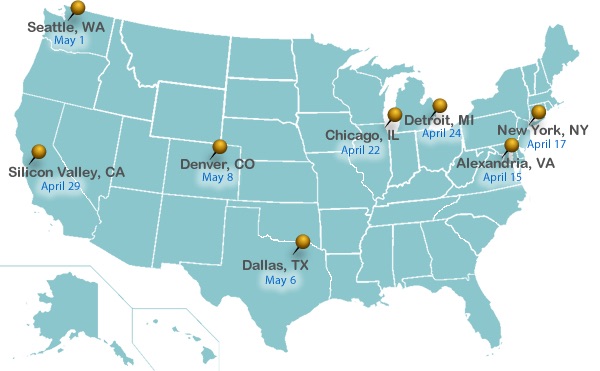 Washington – The U.S. Department of Commerce’s United States Patent and Trademark Office (“USPTO”) announced this week that it will host a series of roundtables across the country to educate the public and collect feedback about the America Invents Act (“AIA”) trial proceedings. The series will begin on April 15 and run until May 8, 2014, with roundtables in Alexandria, VA; New York City; Chicago; Detroit; Silicon Valley; Seattle; Dallas; and Denver. The roundtables provide an opportunity to bring stakeholders together with USPTO administrative patent judges to discuss the inter partes review and covered business method review proceedings.
Washington – The U.S. Department of Commerce’s United States Patent and Trademark Office (“USPTO”) announced this week that it will host a series of roundtables across the country to educate the public and collect feedback about the America Invents Act (“AIA”) trial proceedings. The series will begin on April 15 and run until May 8, 2014, with roundtables in Alexandria, VA; New York City; Chicago; Detroit; Silicon Valley; Seattle; Dallas; and Denver. The roundtables provide an opportunity to bring stakeholders together with USPTO administrative patent judges to discuss the inter partes review and covered business method review proceedings.  Indiana Intellectual Property Law News
Indiana Intellectual Property Law News


 ke place on Wednesday, April 9, 2014 at the USPTO headquarters in Alexandria, Virginia. Additive manufacturing, also known as 3D printing, is a process of making three-dimensional solid objects from a digital model. The technology is growing in use, including in such fields as jewelry, footwear, architecture, engineering and construction, automotive, aerospace, dental and medical industries.
ke place on Wednesday, April 9, 2014 at the USPTO headquarters in Alexandria, Virginia. Additive manufacturing, also known as 3D printing, is a process of making three-dimensional solid objects from a digital model. The technology is growing in use, including in such fields as jewelry, footwear, architecture, engineering and construction, automotive, aerospace, dental and medical industries.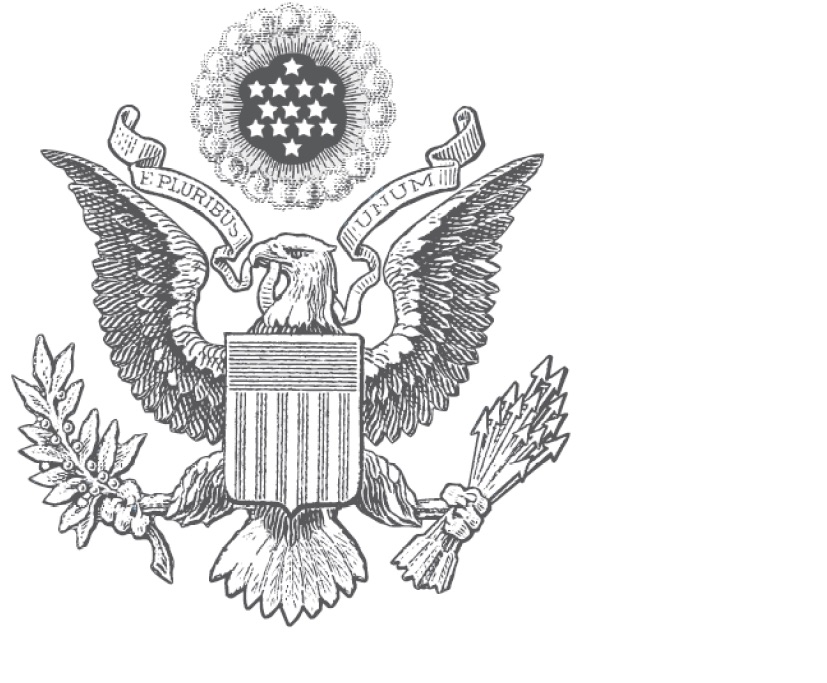 The
The  The U.S. Department of Commerce’s
The U.S. Department of Commerce’s 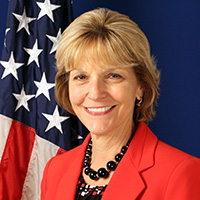 sequestration despite being a fully fee-funded agency, and the completion of our implementation of the Leahy-Smith America Invents Act, the most sweeping overhaul of our nation’s patent system in generations. Yet despite those challenges we maintained our upward momentum in being recognized by our employees as a Best Place to Work in the federal government.”
sequestration despite being a fully fee-funded agency, and the completion of our implementation of the Leahy-Smith America Invents Act, the most sweeping overhaul of our nation’s patent system in generations. Yet despite those challenges we maintained our upward momentum in being recognized by our employees as a Best Place to Work in the federal government.”  v. Focarino that the
v. Focarino that the 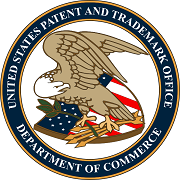 Trademark Office
Trademark Office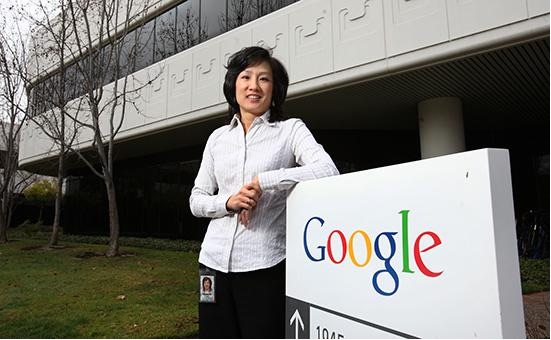 While Director of the USPTO’s Silicon Valley satellite office, Lee has served as the agency’s primary liaison with the innovation community in the Silicon Valley and West Coast, leading the establishment of a temporary office in Menlo Park and working creatively with California’s Congressional, state, and local leadership to successfully secure a permanent office location in San Jose. In that role, she has also been actively engaged in education and outreach initiatives, empowering the USPTO to more effectively develop programs, policies, and procedures to meet the needs of the West Coast innovation community. Beyond the Silicon Valley office, Lee has also played a broader role in helping shape key policy matters impacting the nation’s intellectual property (IP) system, focusing closely on efforts to continually strengthen patent quality, as well as curbing abusive patent litigation. Prior to becoming Director of the Silicon Valley USPTO, Lee served two terms on the USPTO’s Patent Public Advisory Committee, whose members are appointed by the U.S. Commerce Secretary and serve to advise the USPTO on its policies, goals, performance, budget and user fees.
While Director of the USPTO’s Silicon Valley satellite office, Lee has served as the agency’s primary liaison with the innovation community in the Silicon Valley and West Coast, leading the establishment of a temporary office in Menlo Park and working creatively with California’s Congressional, state, and local leadership to successfully secure a permanent office location in San Jose. In that role, she has also been actively engaged in education and outreach initiatives, empowering the USPTO to more effectively develop programs, policies, and procedures to meet the needs of the West Coast innovation community. Beyond the Silicon Valley office, Lee has also played a broader role in helping shape key policy matters impacting the nation’s intellectual property (IP) system, focusing closely on efforts to continually strengthen patent quality, as well as curbing abusive patent litigation. Prior to becoming Director of the Silicon Valley USPTO, Lee served two terms on the USPTO’s Patent Public Advisory Committee, whose members are appointed by the U.S. Commerce Secretary and serve to advise the USPTO on its policies, goals, performance, budget and user fees. . applicants will be able to file a single application for protection of an industrial design which will have effect in more than 40 territories.
. applicants will be able to file a single application for protection of an industrial design which will have effect in more than 40 territories.